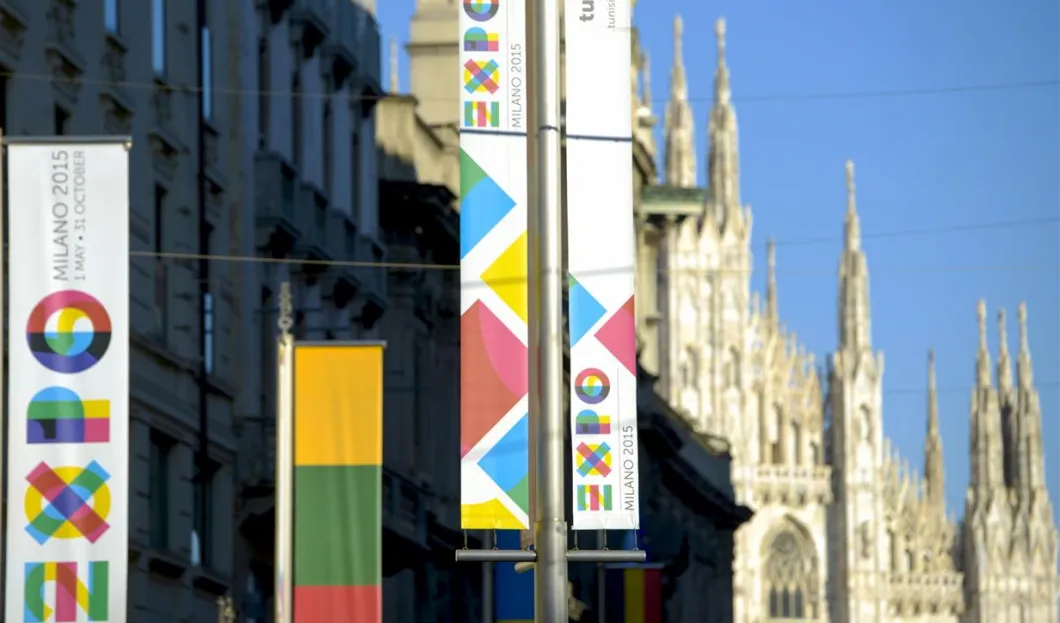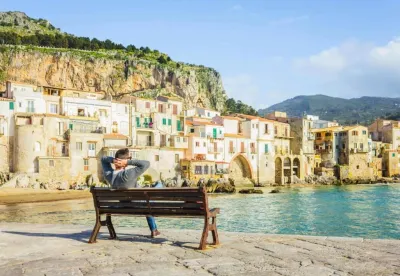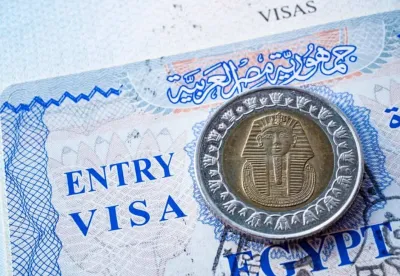
Through the lights and the shadows you begin to glimpse an overall design for the Expo 2015, a year from its official debut, scheduled for May 1 next year.
On an institutional level they are preparing for the final sprint that will take Italy to the starting line of the Universal Exhibition. With a wealth of organization, preparation and coordination, it can handle and accommodate not only a massive flow of tourist arrivals, but also good operation of a real virtual citadel which for six months will occupy an area of one million square metres on the outskirts of Milan.
Coordinated promotion
The Italy of a thousand bell towers for once will have to learn to network, moving in a structured manner and with clear objectives. This is a mission that involves both Explora (the society for the promotion of Lombardy on the international tourism market with the task of supporting the Expo 2015), as well as the hospitality industry.
"We do not have queues out of the doorway, we must be the ones to create them," reiterated the director of Explora, Josep Ejarque, in presenting the strategy. It’s now a race against time to build a portal destined for an estimated 10 million visitors during the six-month Expo.
But also for the realization of Club di Prodotto, a thematic cluster bringing together tourism operators with specific and similar features (tour operators, adv, hotels, businesses), around which to draw up tourist packages, in order to identify and hit well-defined targets of travellers.
Hotel movements
At the same time the hospitality industry also moves, with a number of initiatives to encourage investment.
It is necessary to improve the system of reception of Milan and Lombardy and money is needed to do it here, because Confindustria Hotels have signed an agreement with UniCredit which puts in place a limit of 300 million euro, intended to finance renovations and the redevelopment of accommodation structures.
A sum in addition to the €100 million allocated by the Region of Lombardy: the sum is made available to the sector in the form of subsidized loans through the project 'Concrete Lombardy' to facilitate access to credit and reduce interest costs.












